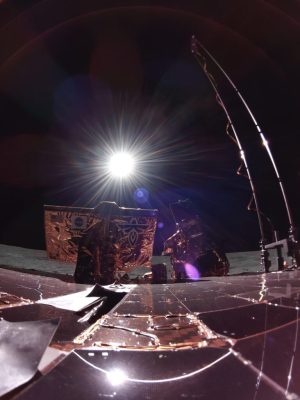We’ve all seen the exploded view of complex things, which CAD makes possible, but it’s much harder to levitate parts in their relative positions in the real world. That, however, is exactly what [fellerts] has done with this wristwatch, frozen in time and place.
Inspired by another great project explaining the workings of a mechanical watch, [fellerts] set out to turn it into reality. First, he had to pick the right watch movement to suspend. He settled on a movement from the early 1900s—complex enough to impress but not too intricate to be impractical. The initial approach was to cast multiple layers that stacked up. However, after several failed attempts, this was ruled out. He found that fishing line was nearly invisible in the resin. With a bit of heat, he could turn it into the straight, transparent standoffs he needed.
Even after figuring out the approach of using fishing line to hold the pieces at the right distance and orientation, there were still four prototypes before mastering all the variables and creating the mesmerizing final product. Be sure to head over to his site and read about his process, discoveries, and techniques. Also, check out some of the other great things we’ve seen done with epoxy in the past.



















